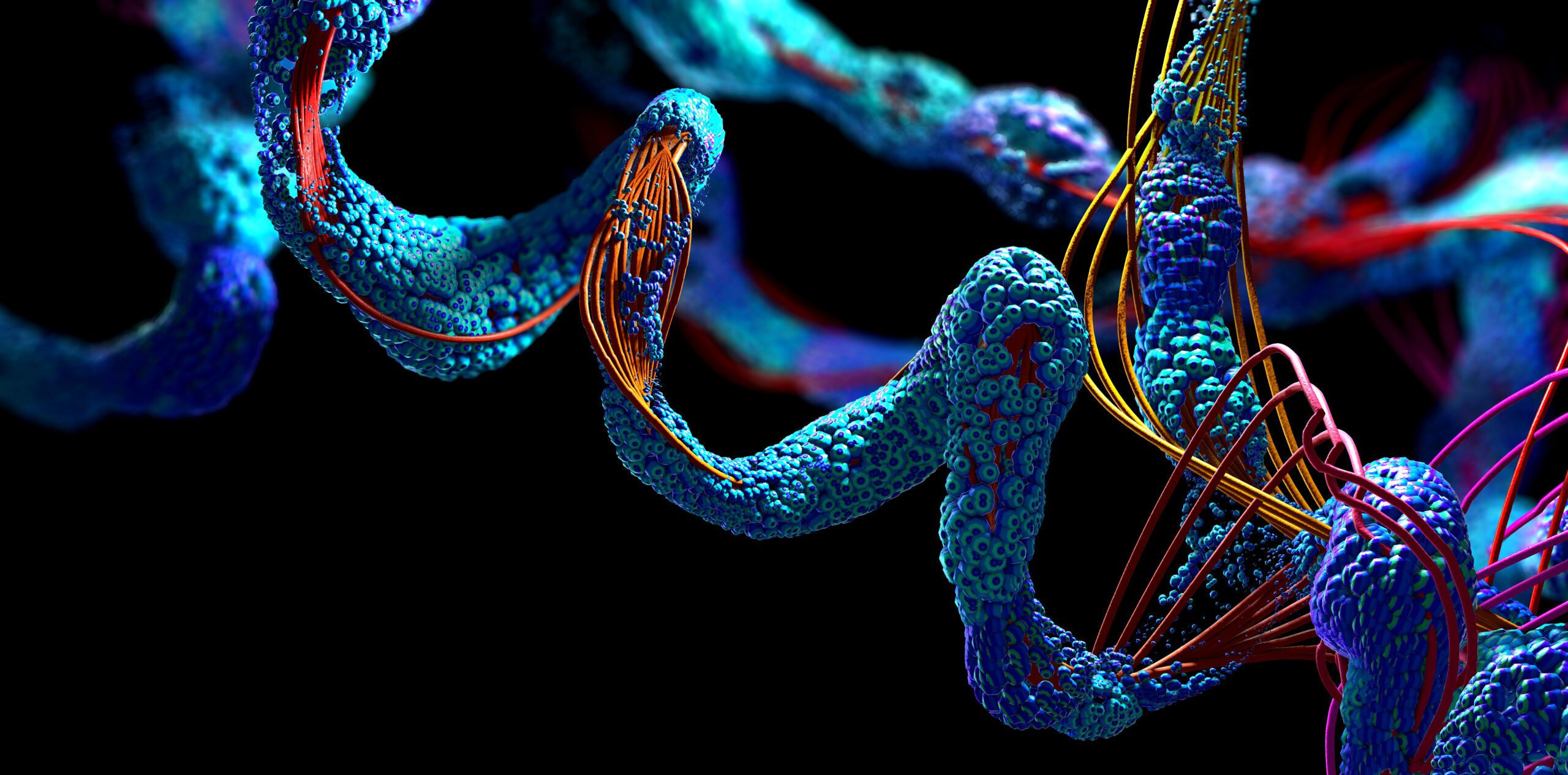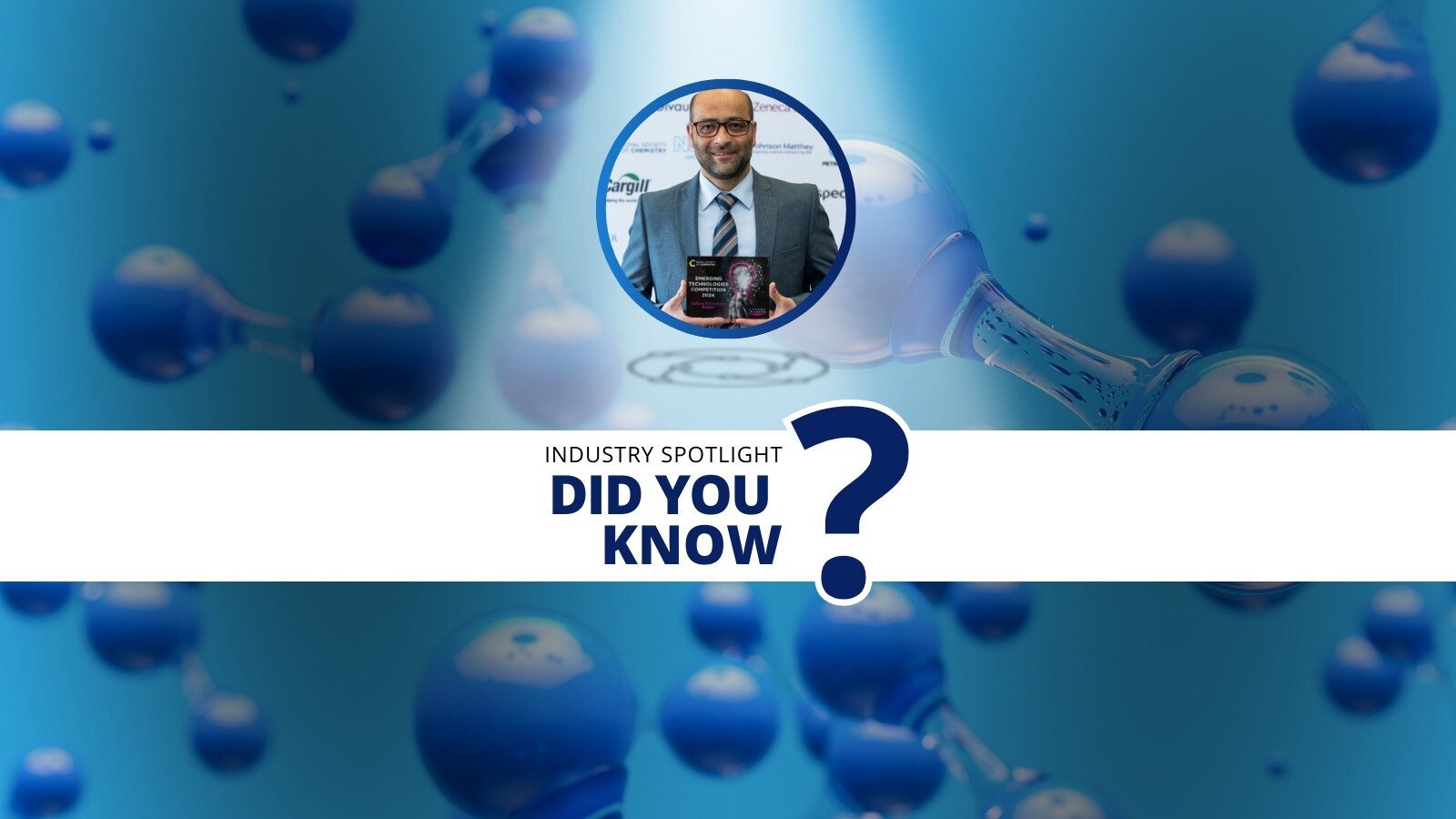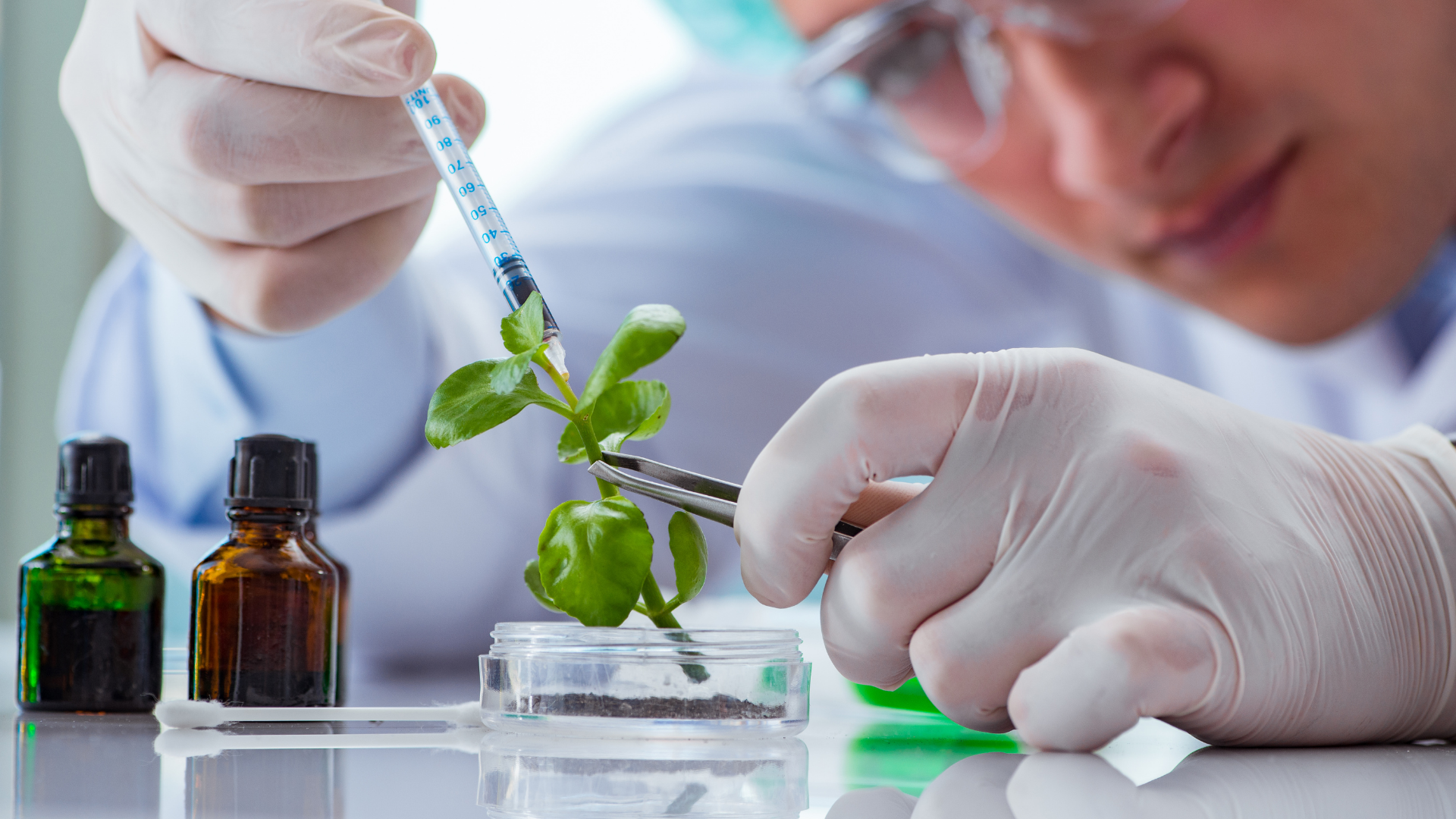Peptides Congress: Market Trends and Industry Challenges

Between the 26th and 28th of April last year, Oxford Global held its annual Peptides Congress as part of its Biologics Europe Series Online Event. The event was co-located with the Proteins & Antibodies Congress, and Oligonucleotides Symposium. Running from the 26th to the 27th the Peptides Congress provided an in-depth look at the critical developments in peptide synthesis, chemistry, analytics, and novel disease treatments. The virtual event showcased a range of pharmaceutical and biotech industry leaders, as well as expert academic speakers. Advisory board members consisted of key figureheads from Nimble Therapeutics, Boehringer Ingelheim, Sanofi, and Almac Group, and principal academics from the University College Dublin, University of Toronto, and Ulster University. In the post-event report, we have gathered some highlights from the events, including a summary of the key topic area discussed, and the major trends and challenges facing the peptide industry today.
The Event - Key Topic Areas:
Key topic areas covered in Day 1 of the Peptides Congress focussed on peptide chemistry, analytical development, formulation, and delivery. Featured presentations discussed advances in peptide purifications as well as accelerated peptide synthesis. Gyros Protein Technologies’ presentation on how peptide-based epitopes and therapeutics are synthesised for COVID-19 provided a fascinating insight into peptides chemistry. The talk, ‘Considerations For Optimising High-Throughput Synthesis Of SARS-CoV-2 Peptides For Epitope Analysis’, racked in an impressive 94 views, making it the most popular session of Day 1 and the entire Biologics Eu event. Bachem’s spotlight presentation on their latest innovations in engineering microspheres and nanoparticles for peptide delivery also attracted a considerable audience. The ‘Spotlight On New Technologies’ session received 80 + views and touched on Bachem’s molecule Hiving technologies, as well as their latest venture into process developments of oligonucleotides and NCEs.
Day 2 provided an in-depth look at numerous peptide therapeutic case studies and novel disease treatments. Featured presentations addressed the complexities of personalised cancer vaccine manufacturing as well as the development of De Novo peptide design. However, the two most popular presentations covered immune cell targeting and bioactive peptides. Bicycle Therapeutics, talk ‘A Fully Synthetic Tumor Targeted Immune Cell Agonist (TICATM) Engages CD137 To Induce Immunologic Elimination Of Nectin-4 Expressing Tumors’ was led by its Vice President of Chemistry and received 73 views. It discussed the possibility of using immune cell targets and synthetic chemistry to assemble tumour targeted immune cell agonists. The second most-watched presentation of the day, with 61 views, was the University of Queensland’s ‘Discovery Of Bioactive Peptides And Peptide-Based Drug Design’. In this Professor David Craik examined the use of crop plants as expression systems for the production of pharmaceutically active cyclotides.
Market Trends: Formulation Frontiers, Trending Technologies, and Sustainability in Manufacturing
The peptide therapeutics industry is currently estimated to reach over $ 46 billion by the end of 2025. Despite its increasing number of commercial successes over the past few years, our board members believe the full potential of the industry has yet to be unleashed. During the post-event advisory meeting, board members discussed and highlighted some of the expected key market trends currently facing peptide therapeutics.
Orally Available Peptide: Formulating orally available peptides has been one of the big scientific breakthroughs of the past couple of years. Along with protein therapeutics, many peptides require parenteral administration to avoid degradation by stomach enzymes. Parenteral administration refers to non-oral administration techniques such as injections. Approximately 95% of all peptides are delivered parenterally, meaning there are currently only 4 drug products that are being administered orally. As injections can be a big deterrent for patients, oral delivery has become especially desirable and extensive efforts have been made to develop more ‘consumer-friendly’ delivery strategies. On such exciting development includes the advances made in semaglutide delivery. Semaglutide is a peptide-drug used to treat diabetes and obesity. Previously it was only available as an injection however in 2020 its oral use was approved for market.
Technological Developments: Other advances in delivery include new technologies such as pumps. ALZET’s Osmotic model administer peptide therapeutics by pumping them around the body and can, with continuous delivery, maintain an effective level of short half-life proteins. Pump technologies possess several advantages over conventional delivery methods. With injections, compounds can be eliminated rapidly by the body, which affects the variation level of recombinant proteins in plasma and tissue. Pump administration, on the other hand, produces valuable tissue-specific effectiveness and minimises toxicity. Whilst the ALZET model has been around since the 1970s and pertains only to animal studies, its human application is up and coming. Device makers are also working on the development of microneedles for painless injections and medicinal patches.
Making Manufacturing Greener: Looking ahead we can expect to see the implementation of green initiatives for peptide manufacturing. Peptide synthesis is a complex and arduous process associated with a significant risk of failure. Failure during the Phase 1 or 2 batches can cost up to $5.5 million and non-surprisingly produces immense amounts of waste. Besides, current state-of-the-art peptide synthesis employs high doses of reagents and solvents, both of which are extremely hazardous to the environment and ecosystems. Using flow chemistry during discovery and development could provide a solution to this. Flow chemistry lends itself to potentially greener peptide modifications such as reducing the risk of excess during solid-phase reduction and reducing excess amino acids. This in turn makes for a more cost-effective approach to peptide therapeutics.
Challenges: Discovery, Developability, and Manufacturing
Regulations: One of the key challenges scientists face whilst creating peptide therapeutics in clinical trials is regulation. The two chief regulatory bodies are the European Medicines Agency (EMA) and the US Food and Drug Administration (FDA). Currently, there appears to be is a lag between the two committees and the regulations they produce. This is especially the case with regulations concerning synthetic peptides; the EMA having already set clear directives and the FDA not. Uncertainty coupled with the need to control individual impurities within peptides makes for a laborious and variable pre-clinical stage testing. The FDA is also yet to publish certain directives on isomeric impurities.
Increasing Bioavailability: Bioavailability refers to the extent a drug is made available to its targeted biological destination. This is measured by both the rate and fraction of the dose that reaches its intended target. Bioavailability also determines the active effect of the drug. Oral peptides such as semaglutide and octreotide have a bioavailability reading of 1 %. Low bioavailability is a problem for oral drugs as they by nature must work extra hard to overcome and resist the gastrointestinal environment. The stomach acts as a physical and biochemical barrier for the absorption of peptides which results in low bioavailability and increased risk of inefficacy. To circumvent this, bioavailability values need to increase to around 5% or 10%. And whilst certain devices claim to achieve this, the issue is whether there will be a huge toxicity price to pay.
Upscaling and Cost: As the field of peptide therapeutics rapidly expands, the need to upscale will become paramount. In addition to this, the level of peptide complexity being produced is increasing. Industry growth presents several logistical problems, however. Reducing the cost of manufacturing will prove difficult due to the competitive nature of the commercial process. A possible novel solution could be to produce cleaner peptides, which then reduces the time required time and effort required for purification. For this, manufacturers will have to introduce alternative solvents and alternative technologies, which in themselves will take time to streamline.
These market trends and the important insights provided by the advisory board will inform the structure and content of the next annual Peptides Congress held as part of the Biologics Europe event. In the meantime, however, we hope you can join us at the Biologics UK event on the 21st and 22nd March 2022.







